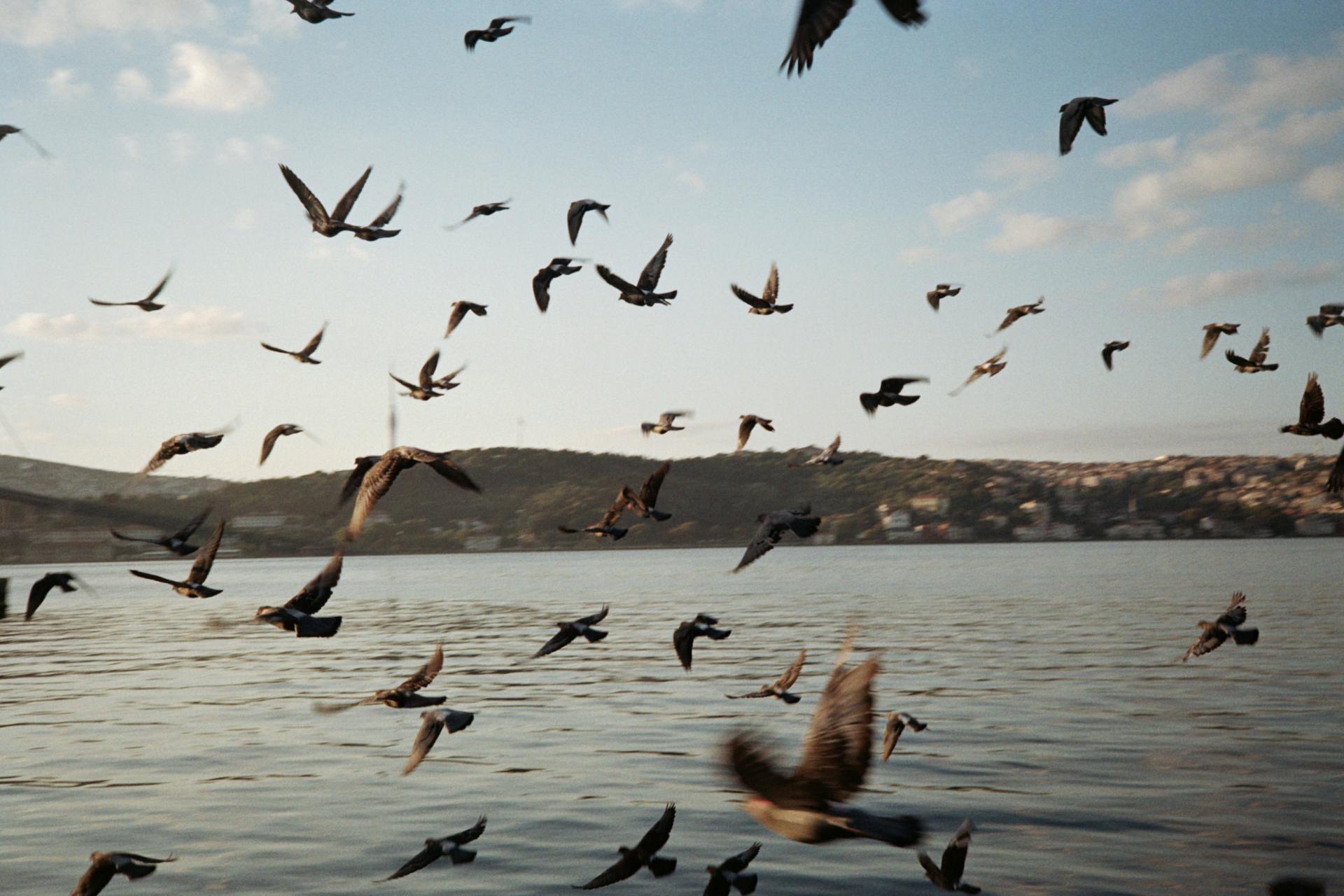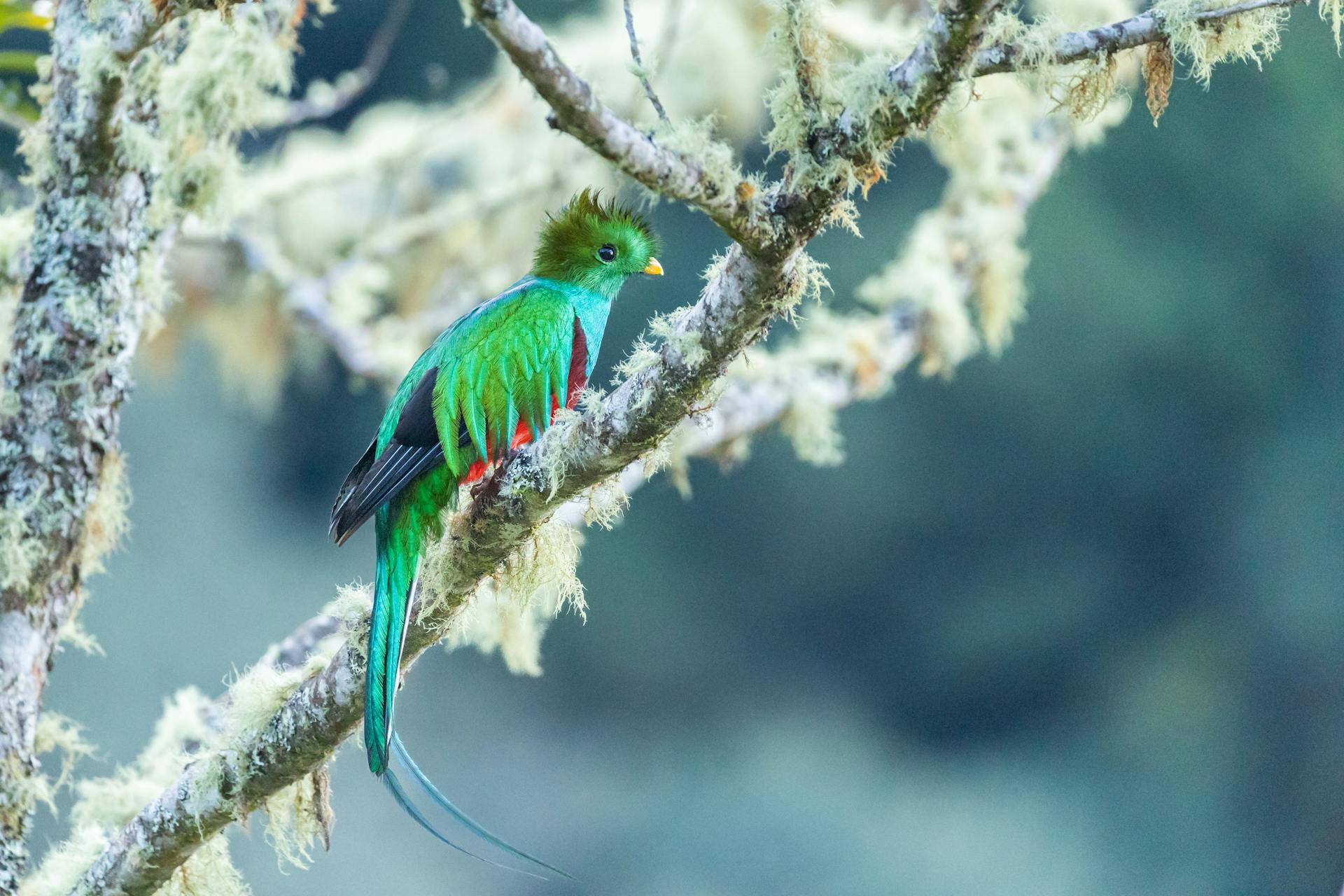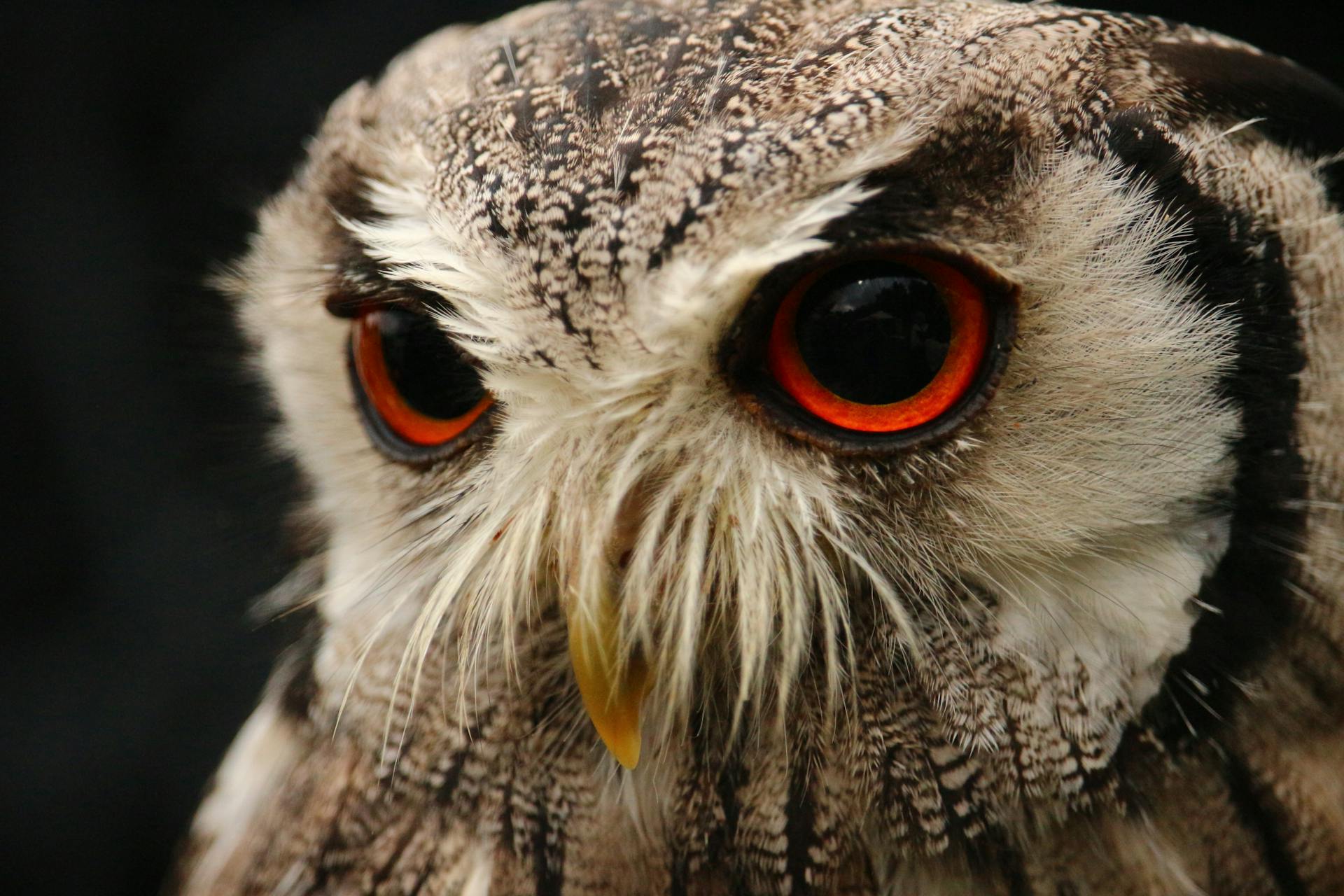Imagine standing in the quiet stillness of a forest, your heart racing as the flutter of wings echoes through the trees. With a careful glance through your binoculars, you spot it—the elusive bird you’ve been waiting for. Birdwatching is not just a hobby; it’s a journey filled with moments like these, where nature rewards patience and dedication with unforgettable encounters.
Birdwatching, often referred to as “birding,” has captured the hearts of nature lovers worldwide. It’s more than a simple pastime; it’s a deeply rewarding way to connect with the natural world. For many, the thrill of spotting rare species brings not only personal satisfaction but also a sense of contributing to larger conservation efforts. These sightings play a crucial role in raising awareness about endangered birds and preserving their habitats. However, successful birdwatching requires more than just good luck. Patience, skill, and preparation are key to turning fleeting glimpses into memorable encounters, making birding both an art and a science.
In this guide, we’ll explore how to master the art of birdwatching, offering tips for spotting some of the world’s rarest flying creatures.
Understanding Bird Behavior
To increase your chances of spotting rare birds, understanding their behavior is essential. Every bird species has unique habits, and learning about these can give you insight into where and when you might see them. Whether it’s their feeding patterns, nesting habits, or preferred types of vegetation, studying bird behavior helps you anticipate their movements and locations. For instance, some rare species might only be visible at dawn or dusk when they’re most active, while others may stay hidden during certain seasons.
Migration patterns are another key factor in successful birdwatching. Many birds travel vast distances each year, following food sources or favorable climates. Knowing when and where birds migrate can increase your chances of seeing rare species passing through your area. Spring and fall migrations, for example, are prime times for spotting unusual or uncommon birds that are just passing through.
The time of day and season also play a critical role in your success. Early mornings and late afternoons are generally the best times to observe birds, as they are more active and easier to spot during these cooler parts of the day. Different species are also more visible in certain seasons, such as the breeding season when males display their vibrant plumage.
Choosing the Right Locations
Selecting the right location can make all the difference in your birdwatching experience. Rare bird species are often found in specific habitats, such as wetlands, dense forests, coastal areas, or remote grasslands. These ecosystems provide the food and shelter birds need, making them ideal for spotting elusive creatures. For example, coastal regions are excellent for observing seabirds, while wetlands attract migratory waterfowl.
Birding apps and community reports can help you track sightings in real time, guiding you to areas where rare birds have recently been spotted. Many birdwatchers share their findings online, so staying connected with these communities can lead to exciting discoveries. Traveling to remote or lesser-known areas is another great way to increase your chances of encountering rare species. These regions are often less disturbed by human activity, making them a haven for rare birds.
When planning a trip, research the area’s habitat, bird species, and optimal times for visits. Local guides or birdwatching tours in the region may also offer valuable insight into the best places to go.
Essential Birdwatching Gear
Birdwatching requires a few essential tools, the most important being a good pair of binoculars. When choosing binoculars, look for those with a magnification of 8x or 10x, as these provide the clarity needed to spot birds from a distance. The right binoculars can make the difference between seeing a rare bird up close or missing it altogether.
Field guides and bird identification apps are invaluable resources for real-time reference. They help you identify birds quickly by providing details about plumage, behavior, and habitats. These tools are particularly helpful when you’re out in the field and need quick access to information about unfamiliar species.
A camera with a zoom lens is another useful piece of gear for documenting your sightings. Rare birds may only appear for a few seconds, and having a camera ready allows you to capture these fleeting moments for later review.
The Art of Patience and Silence
Birdwatching is often described as a game of patience. Rare birds tend to be elusive, and waiting for them to appear can take time. To increase your chances, it’s essential to approach birdwatching quietly and carefully. Avoid loud movements or noises that could startle birds and make them fly away. Remaining still and blending into your surroundings will help you go unnoticed.
Sound is a significant factor in bird behavior, and understanding its role can give you an advantage. Birds often communicate through calls, and these sounds can alert you to their presence. By listening carefully and remaining silent, you can locate birds long before you see them.
Birdwatching Techniques
Spotting scopes are an excellent tool for long-distance viewing, especially when observing birds in open fields or large bodies of water. These high-powered scopes offer greater magnification than binoculars and are particularly useful for watching distant birds without disturbing them.
Recognizing bird calls is another valuable skill in birdwatching. Many species have distinctive calls, and learning to identify them can lead you directly to the bird you’re seeking. This technique is especially useful in dense forests or other areas where birds may be difficult to see.
Wearing camouflage or neutral-colored clothing can help you blend into your environment and avoid attracting attention. Birds are naturally cautious, and bright clothing can scare them off before you get the chance to observe them closely.
Keeping a Birdwatching Journal
Documenting your sightings is an essential part of the birdwatching experience. Keeping a journal allows you to record details such as the date, time, location, and bird behavior. These notes can help you track your progress and recognize patterns over time, such as migration routes or seasonal changes in bird activity.
A birdwatching journal is also an excellent tool for improving your skills. Reviewing past entries can remind you of where you’ve had success in the past and help you plan future outings.
Birdwatching Ethics and Conservation
As birdwatchers, it’s essential to respect the natural habitats of the creatures we observe. Avoid disturbing nesting sites or getting too close to the birds you’re trying to spot. By practicing responsible birdwatching, you help ensure that these species and their habitats remain intact for future generations.
Birdwatchers also play an important role in conservation. By sharing your sightings with local organizations or online communities, you contribute valuable data that helps scientists track bird populations and migration patterns. Rare bird sightings can raise awareness about endangered species, contributing to conservation efforts aimed at protecting them.
Birdwatching Communities and Resources
Birdwatching is a global hobby, and joining local or online communities can enhance your experience. These groups often share tips, rare bird alerts, and insights into the best locations for sightings. Connecting with other birdwatchers allows you to learn from their experiences and stay informed about the latest trends and discoveries in the birdwatching world.
There are also numerous apps, websites, and organizations dedicated to birdwatching. These resources offer valuable information on species identification, bird calls, and recent sightings, helping you refine your skills and stay up-to-date on birdwatching opportunities.
Conclusion
The art of birdwatching is filled with the thrill of discovery and the joy of connecting with nature. Spotting rare flying creatures may require patience, skill, and preparation, but the rewards are well worth the effort. As you embark on your birdwatching journey, remember to stay curious, keep learning, and, most importantly, respect the wildlife and habitats you encounter. With these tips, you’re well on your way to becoming a skilled birdwatcher while contributing to the conservation of the world’s most fascinating creatures.


